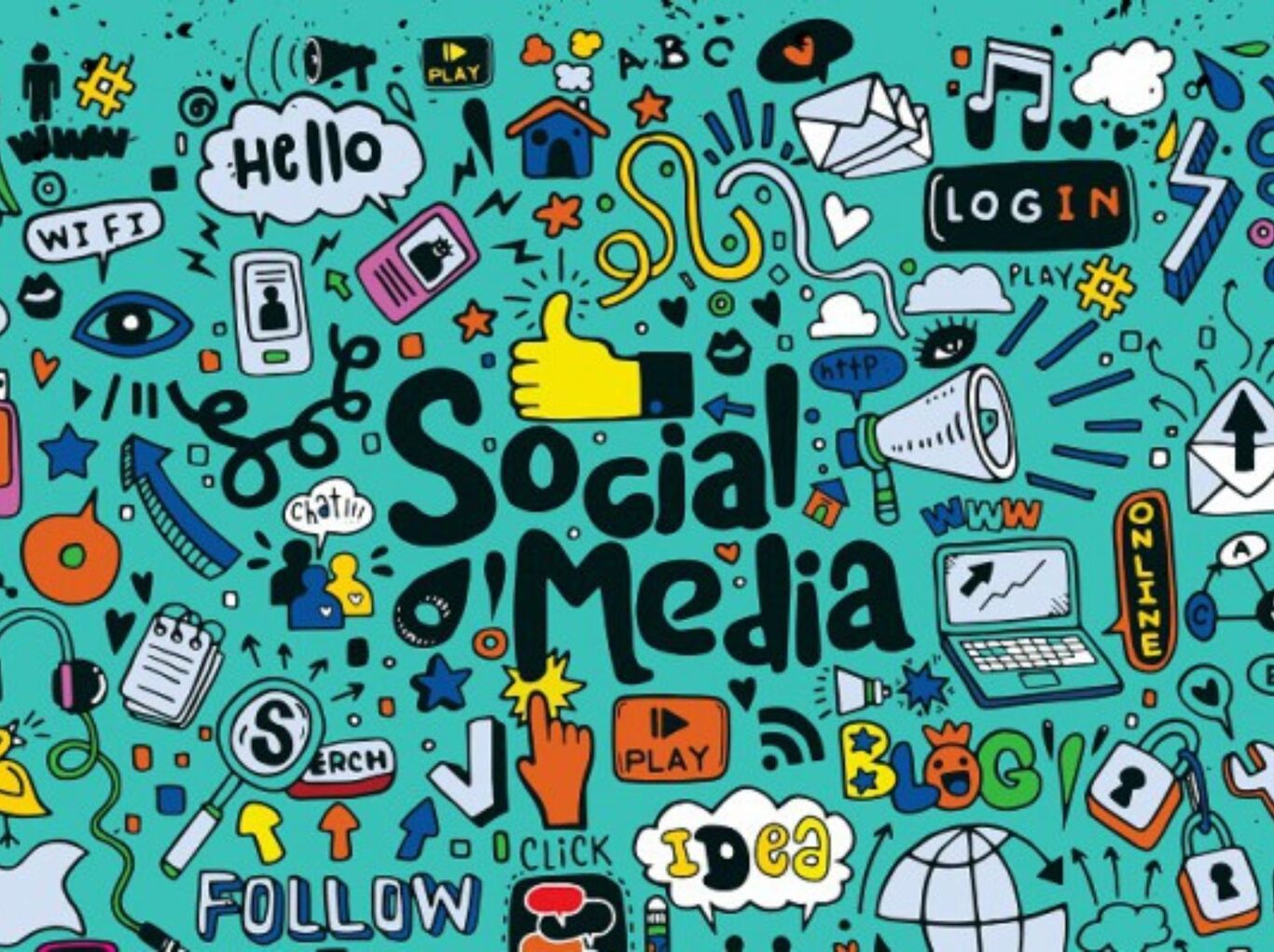What is Generative Artificial Intelligence and How Does It Work?
.webp)
Do you know you can make beautiful paintings or generate great stories with the help of AI?
Traditionally, artificial intelligence could only analyse data and make predictions, but generative AI tools have changed this completely.
As a new form of AI, generative artificial intelligence can come up with new and realistic data. Whether it's text, audio, video, or any other form of digital content, AI can create brand-new output quickly.
Let’s explore what generative AI is, how it works, and it’s benefits for business. Discover how you can improve your business’ operations and efficiency.
How Does Generative AI Work?
Generative artificial intelligence works on the training that it has been provided with existing data. It uses patterns from many images, text, audio or videos to create new content.
However, no content is a repetition. AI does this pattern-based learning on the basis of ‘neural networks’- a special system which allows it to learn and process information much like humans.
This enables generative artificial intelligence systems to not only analyze data but also generate completely new content from scratch, whether it’s in the form of images, words, or videos.
5 Types of Generative Models in AI
Generative artificial intelligence models are available in different types, each with its purpose. Let's look into the five most well-known ones:
1. Generative Adversarial Network (GAN)
GANs are one of the most famous models in synthetic content generation, be it images or text. They are generative adversarial networks in which two different AI models compete against each other's prompts.
One is known as the generator that makes data, while the second is known as a discriminator that differentiates real and fake data. Both programs try to win over the other and get better in the process. This competition helps GANs create very realistic content.
Generative artificial intelligence using GANs is more often used in image synthesis, video generation, and art creation.
2. Recurrent Neural Networks (RNNs)
RNNs are a class of neural networks designed to process sequential data. These feature loops that preserve information. After studying a sequence, they can predict what comes next.
RNNs are ideal for processing speech recognition, time series, and natural language processing tasks because of their power to retain memory of previous inputs. This makes them essential to many generative artificial intelligence applications involving sequential data.
3. Diffusion Models
This generative artificial intelligence model involves a two-stage process. First, it learns to add noise step by step in training until data appear completely random. Then, it learns to reverse this and remove random noise step by step until a clear and meaningful output appears.
Through training, this model learns the hidden patterns inside data to come up with novel content from random inputs. These are increasingly used in advanced generative AI tools like DALL·E and Midjourney.
4. Variational Autoencoders (VAEs)
VAEs are another type of generative artificial intelligence model that encodes input data in a low-dimensional space and decodes it again to create new data. Such models have many real applications, such as producing data, compressing data, and learning representations.
5. Transformer Models
Transformer models analyse data connections through self-attention mechanisms. When processing information, it finds which elements matter most to each other and their relationships.
Modern generative artificial intelligence platforms like ChatGPT-4 and Google Gemini 3 use transformer technology because they understand the context of the language—making them highly useful for generating meaningful text and dialogue.
4 Use Cases of Generative AI Across Industries
Many consumers and businessmen across industries are increasingly using Generative AI. Here are the main sectors using this technology:
1. Entertainment
Generative AI in entertainment can help produce a wide range of new visual content from scratch like short clips, animations, or films.
There are different types of AI for all the kinds of content you’d want to generate. For example:
-
Image generation AI for designing visual content.
-
Text generation AI for writing scripts.
-
Music generation AI for creating soundtracks.
You can provide it with specific settings, themes, styles, or locations, and it will customise content for you.
2. Healthcare
Generative artificial intelligence can be used in all parts of healthcare, from medical practices to administrative tasks. By analysing the molecular structure and predicting potential drug compounds, it can speed up drug development.
It can also assist in generating clearer images for CT scans, MRI, and X-rays, ensuring more accurate diagnoses. This AI makes even new images to show how a disease progresses with time.
Generative AI can analyse a large amount of patient data to create a customised treatment plan tailored to their needs.
3. Marketing and Advertising
Generative intelligence models for marketers, particularly language-based ones, help create human-like texts. Marketers can use these to increase their content production and launch campaigns more frequently. They can draft ad copies, write articles, curate emails, and even generate stories and poetry.
ChatGPT is one of the generative intelligence models used to create content for a variety of purposes, from websites to blogs, social media, and ads.
4. Banking
Generative AI in banking transforms how financial services work. It creates personalised financial advice, detects unusual transactions, and helps customers through smart chatbots. Banks use artificial intelligence to write clear reports, spot fraud patterns, and offer round-the-clock customer support. This technology makes banking faster, safer, and more user-friendly.
Benefits and Disadvantages of Generative AI
Did you know that demand for generative AI will rise at the rate of 42% CAGR over the following years?
The benefits that generative AI online brings to the table are huge, including:
-
Personalisation: You can train it to produce content according to user preferences. For instance, in the streaming industry, AI can create personalised movie recommendations or music playlists, helping businesses enhance user experience and revenue.
-
Cost-efficiency: Generative AI can automate graphic designing, content writing, coding, and many more tasks. This helps reduce the amount of resources needed to complete them manually.
-
Creative inspiration: Generative intelligence can help you come up with fresh concepts. For example, you can enter a simple prompt like marketing ideas for healthcare on ChatGPT, and it will give you a long list of ideas.
-
24X7 availability: Generative AI can operate continuously without any fatigue. It offers round-the-clock availability for tasks like customer support chatbots and automated responses to user queries.
Though generative AI offers many advantages, it presents some serious risks and challenges, such as:
-
Ethical Concerns: The ability of generative AI to create content that looks and sounds real raises serious ethical concerns. It can be used to spread false information or trick people into scams.
-
Data Dependency: The quality of the content produced depends mainly on the quality of the training data. If the training information is biased or incorrect, the output will reflect that inaccuracy.
-
Training Complexity: Generative AI models require a lot of investment in computational infrastructure. It may also take time and a high level of expertise to train them, which can be expensive and drain the resources of a company.
-
AI Hallucinations: Generative AI models can sometimes create false or made-up information, leading users to receive incorrect or completely imaginary responses.
How GrowthJockey Can Support Your Generative AI Journey?
Generative artificial intelligence has transformed how industries operate by enabling content creation, decision-making, and automation.
From healthcare to entertainment, marketing to finance, generative artificial intelligence solutions are helping businesses grow faster, smarter, and more efficiently.
At the same time, deploying generative AI tools requires ethical awareness, data protection, and strategic implementation.
If you’re planning to build your own generative artificial intelligence product, GrowthJockey can help you with tailored AI strategies that align with your business goals and challenges.
FAQs on Generative Artificial Intelligence
1. How is generative AI different from AI?
Traditional AI processes and responds to existing data. It excels in speech recognition, finding patterns in numbers, and forecasting what might come next.
On the other hand, generative AI uses pre-existing data to create fresh content based on prompts and patterns it's learned. It is used for automatic code generation, creative industries, and personalised experiences.
2. Are generative AI and machine learning (ML) technologies the same?
Generative AI and ML are both subsets of artificial intelligence, though their purpose, outcome, and usage differ. ML focuses on analysing and making predictions based on patterns found in existing data. It makes decisions and is used for tasks like predictive analysis and fraud detection.
Generative AI, however, is focused on using existing data to create something entirely new. It produces fresh text, audio, or images and is used in product development, marketing, and art generation.
3. Which generative AI is best?
There are many generative AI tools for different applications, and the best one depends on what you want to use it for.
If you’re looking to create human-like text such as blogs, articles, and marketing copy, ChatGPT Generative AI is your go-to solution. DALL-E 3 is good for generating high-quality and detailed visuals.
Additionally, GitHub Copilot assists developers by suggesting code snippets and autocompletes your codes to speed up software development.
ElevenLabs is a text-to-speech converter that helps you generate natural-sounding speech.








